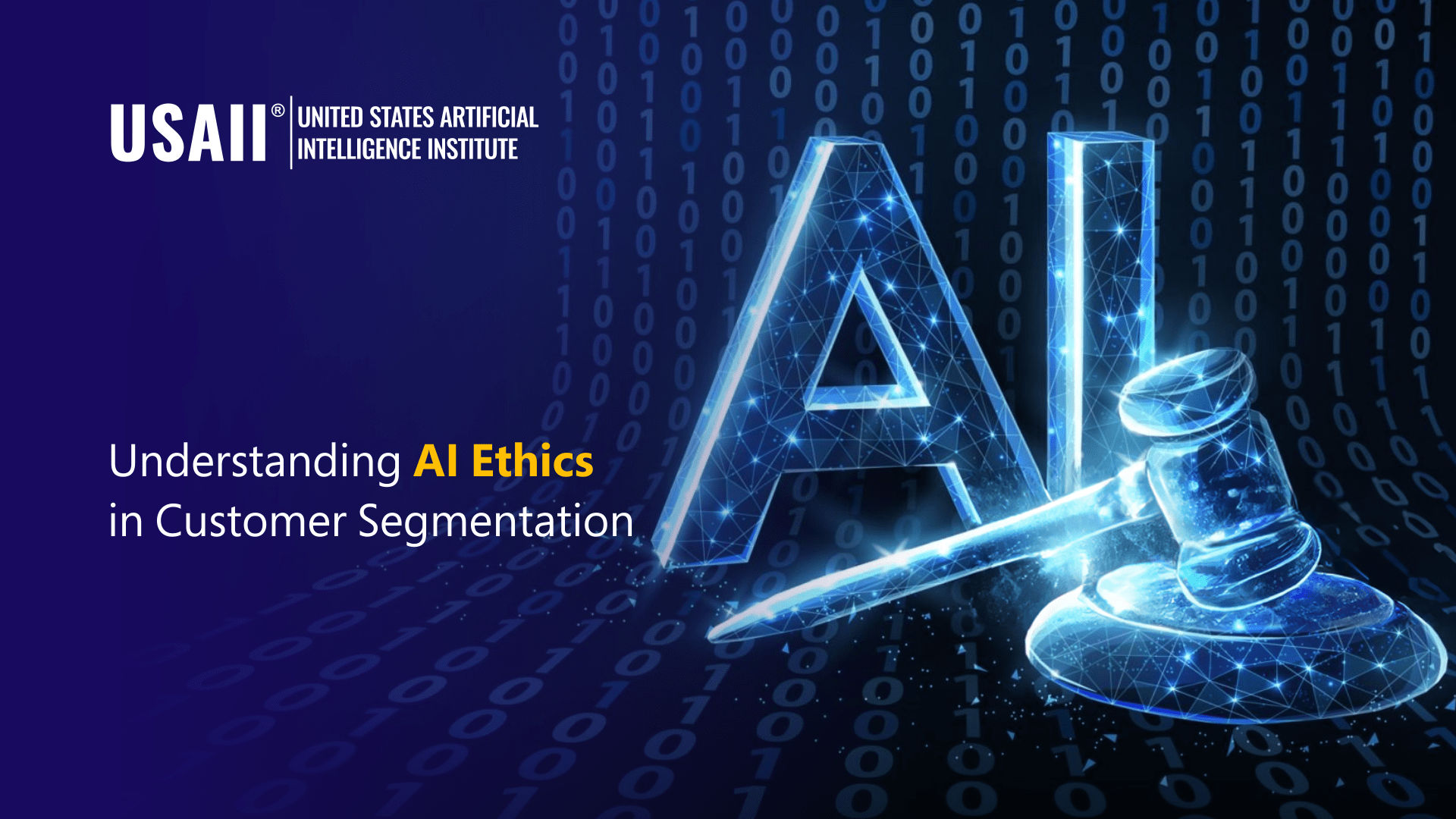
Introduction
Customer segmentation is not a new practice. In marketing and sales, the importance of understanding the customer to personalize products, services, and communications, and position the company more effectively in the market is crucial. For years, this process has been relying heavily on manual analysis and the customer information used were highly broad demographics such as gender, age, and location. Since the rise of e-commerce, insights have been significantly richer, with companies enjoying more information, including online behavior, interests, and preferences.
Today, AI-powered customer segmentation takes this process to a whole new level, with algorithms able to analyze vast amounts of data to identify more complex patterns and trends. However, the use of AI in customer segmentation also raises ethical concerns when it comes to privacy and fairness.
Privacy
Privacy is a key ethical focus area when it comes to customer segmentation. Companies must ensure that they obtain explicit consent from customers before collecting and using their data. They must also provide customers with the option to opt out of data collection and use. The responsibility to communicate the above lies with the company. A customer might not be able to exercise their right if they are not aware of how their information is being used and what they can do about it.
Nevertheless, privacy concerns are not limited to providing transparency and the right to choose whether one is willing to share their data. Ethical customer segmentation also takes into consideration the reliability of the data collected and investigates the quantity, quality, and relevance of those data. A strong example of this is social media. In their efforts to understand their customers better, marketers also use social networks to spot patterns and trends in their customer's behavior. However, for a person who uses social networks for private use only, this could limit their sense of freedom of speech. Non-relevant social media activity should be excluded from any data processing.
Finally, retention periods of data are also a topic to consider. Retaining data longer than necessary creates the risks of making it accessible to people who do not require it.
Fairness
Another ethical issue raised using AI in customer segmentation is that it creates the potential for discrimination. AI algorithms are only as unbiased as the data they are trained on, and if trained on biased data, they can perpetuate that bias. For example, if an AI algorithm is trained on data that shows that people of a particular race or gender are less likely to buy a particular product, it may unfairly exclude them from a marketing campaign. To address this concern, companies must ensure that their AI algorithms are trained on diverse and representative data sets, as well as focus on facts and conclusive evidence.
They must also regularly monitor their algorithms for bias and adjust them accordingly. More than 180 types of cognitive bias that can affect the way we understand and process data. Although it is not possible to cover every type by design, periodic audits in the algorithm and database cover this gap.
Staying on the right path
Customer segmentation is a powerful tool that helps companies understand their customers better, enabling them to tailor their marketing efforts to specific customer groups. With AI-powered customer segmentation, companies can analyze vast amounts of data to identify patterns and trends, taking this process to a whole new level.
Finding the balance between successful customer segmentation and personalization of the customer experience while maintaining an ethical approach to the process has always been a challenge for organizations, however, the challenge has risen exponentially with the growth of AI - possibly equal to the rise in capability that AI has offered. AI-powered customer segmentation holds great promise for improving marketing efforts, however, this does not come without risks.
Companies should be attentive to what type of customer data they collect, how they manage it, as well as how long they hold on to them, and who has access to it. Additionally, they are responsible for making sure they do not use customer data without explicit consent, as well as providing the option to the customer to opt out of the process. As holders of the process and AI capability, companies are also responsible for continuously monitoring their datasets and algorithms and making sure potential biases are flagged and addressed early.
All the above suggests a strong understanding between the data used as input, the output of the segmentation, as well as the processing being done using AI. Continuous monitoring also suggests that outputs should be considered as a recommendation, while the final decision-making should remain in human hands.
Finally, both the data collected and the analysis should be accessible to the customers themselves. Transparency is also a critical component of ethical AI in customer segmentation. By being transparent with their customers, companies can build trust with their customers and demonstrate their commitment to ethical AI practices. This transparency also helps customers understand how their data is being used and ensures that they feel respected and in control of their personal information.
Follow us: